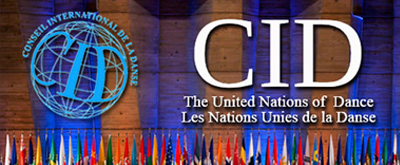Shabdam in Bharatnatyam
The learning or teaching of the classical dance of Bharatnatyam begins with the foot movements known as tatta adavus, followed by the mudras, which together are then composed into Jattis. Pieces such as “Alaripu” and “Jatiswaram” are adavus performed to swara patterns. The next step in the progression of learning is a Shabdam. As the […]


